
The chariot race in “Ben Hur”, the final graveyard showdown in “The Good, the Bad and the Ugly”, the ‘I’m Spartacus’ scene in “Spartacus”, Steve McQueen keeping his foot on the gas during the motorcycle chase scene in “The Great Escape”, the bone-to-satellite transition in “2001: A Space Odyssey”, the Ride of the Valkyries in “Apocalypse Now”, the famed match cut in “Lawrence of Arabia” …. These are only a handful of iconic moments in cinema that immediately spring to mind when thinking of the term ‘epic’. No doubt, the minds of a younger generation will go to more recent fare like Ripley walking out in the cargo loader to fight the queen in “Aliens”, the lobby shootout in “The Matrix”, the opening beach sequence in “Saving Private Ryan”, the Rohirrim charge in “Return of the King”, or Russell Crowe revealing himself as Maximus in “Gladiator”.
But we can all pretty much agree that there’s a unique pleasure in winding down after a long week with a proper epic film that feels big in every sense of the word. You know the kind: For the most part, the titles listed down below are fairly long and extremely expensive, boast hundreds if not thousands of extras, monumental sets, and awesome battle scenes, and tell a sweeping story on the grandest canvas imaginable without worrying about such trivial things as running out of budget or screen time. From historical period dramas to fantasy novel adaptations, we’re plucking down a selection of titles that will get your adrenaline and leave you in awe, jaws dropped.
Listed in chronological order, here are the 10 most epic movies of all time.
1. Napoleon (1927)
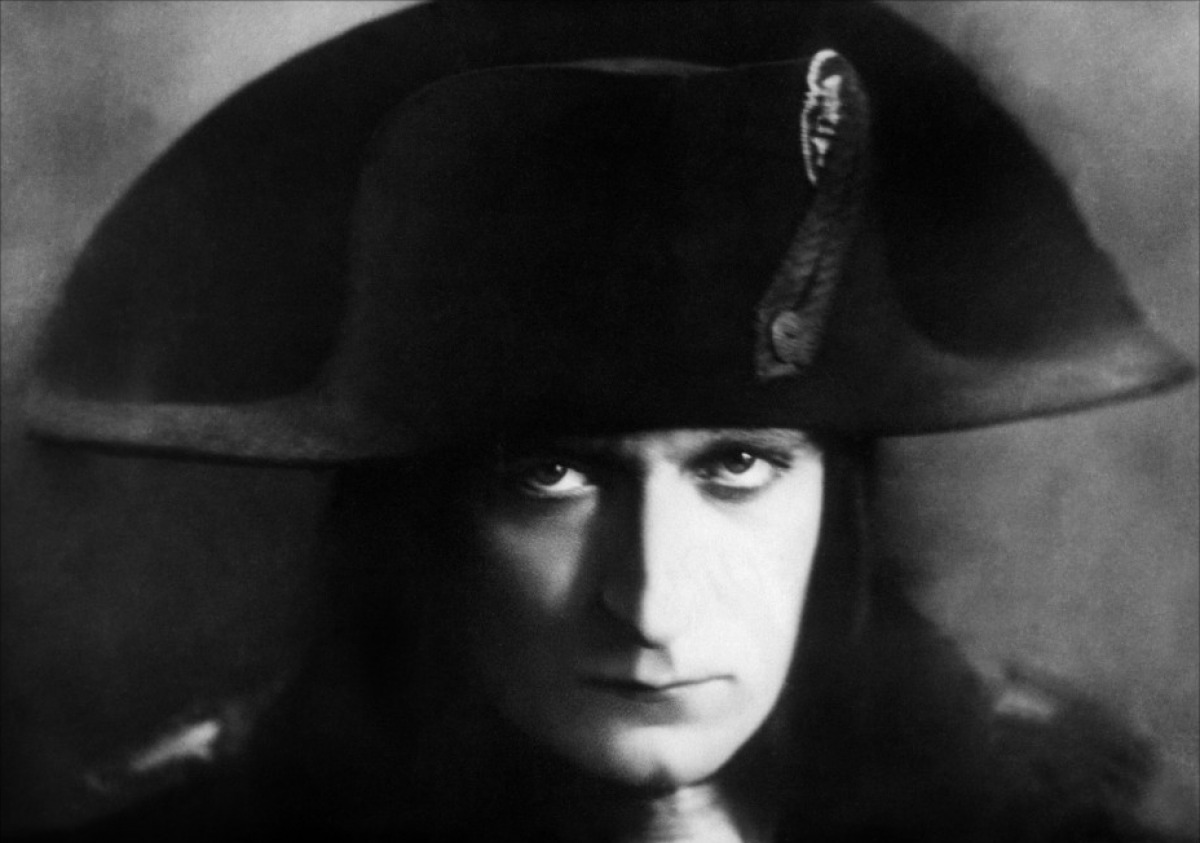
Much ink has been spilled on Ridley Scott and the blatant historical inaccuracies of his recent “Napoleon” biopic. After it bombed at the box office and walked away empty-handed from the Oscars, there was talk about studio interference, a 4-hour director’s cut that ended up clocking in at a meager 3h20’, as well as an insider scoop making the rounds claiming that lead star Joaquin Phoenix threatened to abandon the project unless Paul Thomas Anderson came in to doctor the script at the eleventh hour. Overall, though, the hard truth remains: 2023s “Napoleon” is simply way more fun to read about than to actually watch.
Real ones know that every other movie centered on the famed French tyrant still plays second fiddle to Abel Gance’s near-centenarian silent opus — a groundbreaking technical achievement split in four acts that required three full-sized synchronized screens and featured a live score by 250+ musicians during its latest theatrical rollout in 2024. The film chronicles the Corsican’s meteoric rise through the ranks of the French military, from his pivotal role in the French Revolution all the way to his triumphant invasion of Italy in 1797.
A decades-in-the-making restoration that extended its already colossal runtime past the seven-hour mark and brings it as close as possible to its original form just recently became available, so there’s never been a better time to experience “Napoleon” in all its glory.
2. Gone with the Wind (1939)
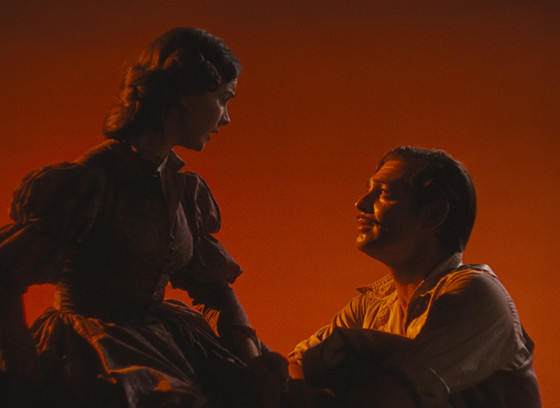
Propelled by the irresistible all-star pairing of Vivien Leigh and Clark Gable as the bratty daughter of a Georgia plantation owner and a cynical socialite who develop feelings for each other as the American Civil War rages on in the background, Victor Fleming’s monolith period drama has long been regarded as the epitome of old-fashioned Hollywood spectacle writ large.
Rose-tinted, uncritical view of the antebellum South notwithstanding, that lofty reputation feels thoroughly earned. When viewed through the lens of contemporary politics, you can make a strong case that time hasn’t been too kind to Hollywood’s longtime box-office champion. But in the wise words of Rhett Butler: “Frankly, my dear, I don’t give a damn”. For what it’s worth, we’re talking about an 11-time Oscar winner that played in theaters for over a hundred consecutive weeks (!) and continues to be a permanent fixture on cable, warts and all. Just forget about its problematic politics, sit back, get comfortable, and let the majestic vistas and swooning romance sweep you away, as you surrender to the grandiosity of it all. Take our word for it: They don’t make ‘em like they used to.
3. The Human Condition (1959-1961)
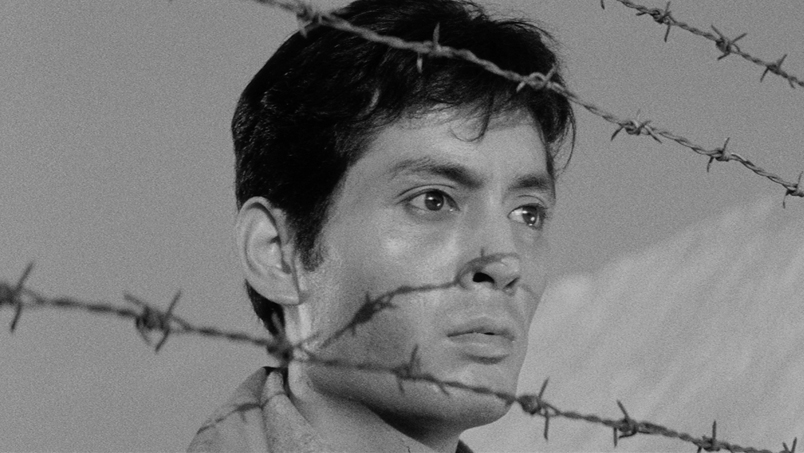
This landmark in Japanese cinema concerning a young pacifist socialist named Kanji (Tatsuya Nakadai) who struggles to reconcile his rigid sense of morality with his duty as an Imperial soldier while supervising a forced labor camp in occupied Manchuria was initially split into three feature-length films totaling just over nine hours. But trailblazing director Masaki Kobayashi always envisioned his novel adaptation as one, overarching narrative about a man’s physical and spiritual journey through the soul-crushing meat grinder that was World War II.
We’re inclined to agree, of course, and taken as a unified whole, “The Human Condition” stands today not only as a staggering achievement but also the single most compelling rebuttal to François Truffaut’s hackneyed assertion that every anti-war movie inevitably ends up glorifying its subject. This is an unforgiving story that pulls no punches and seeps into your bones over the course of nearly ten grueling hours, in which we witness our naive protagonist endure unspeakable hardship — thrust into battle against his will, trapped behind enemy lines, and ultimately imprisoned in a Soviet POW camp. It’s a tough hang that makes “Schindler’s List” look like Disney World, so proceed at your own risk, but “The Human Condition” rewards the patient viewer.
4. Lawrence of Arabia (1962)
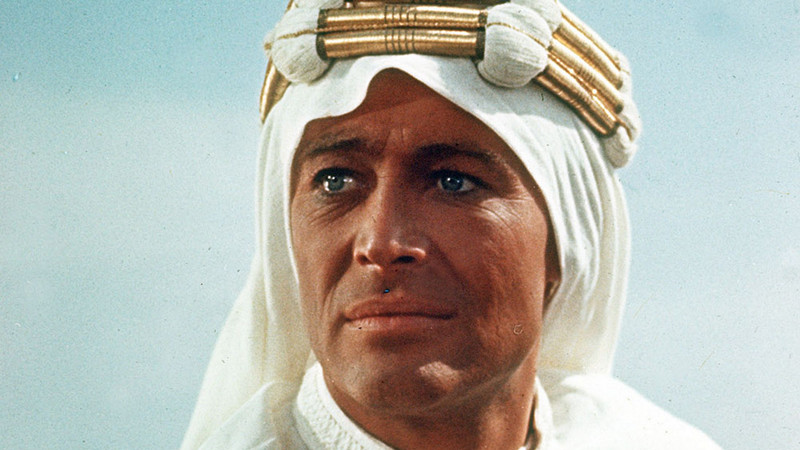
Hardly a controversial pick, this seven-time Oscar winner by David Lean (a certified master of grand-scale spectacle whose credentials include “The Bridge on the River Kwai” and “Doctor Zhivago”) based on the experiences of famed British officer T.E. Lawrence leading the Arabs against the Ottoman Empire during the First World War is a cinematic epic of near unprecedented scope and narrative ambition.
Running at over 228 minutes, this Peter O’Toole-led big-budget period epic represents the last hurrah of a long-dead genre that was on its last legs at the time and quickly flamed out the following year after Joseph L. Mankiewicz’s bloated “Cleopatra” went over-budget and borderline bankrupted Hollywood in 1963.
With jaw-droppingly beautiful landscape wide-shots by DOP Freddie Young, “Lawrence” has undeniably inspired the look and feel of countless subsequent Hollywood epics, and also beat Frank Herbert’s Dune novel saga to the punch when it comes to deconstructing the traditional hero’s journey through the lens of a charismatic white man-turned-manipulative Messiah who leads an indigenous desert tribe into revolt against a tyrannical colonial force (no 400-meter sandworms to be found here, though, sorry). 62 years on, “Lawrence of Arabia” is a sight to behold and a full-blown masterpiece that really oughta be seen on the big screen.
5. War and Peace (1967)
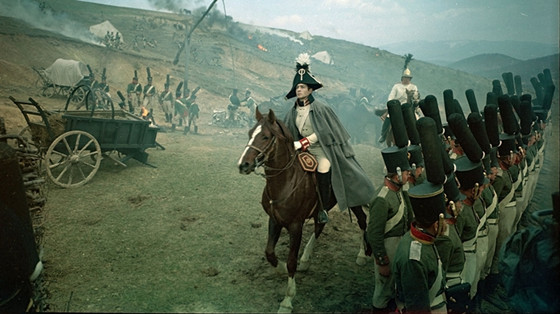
There are many fancy $2 words we could throw in to describe Sergei Bondarchuk’s Oscar-winning seven-hour adaptation of Leo Tolstoy’s 1869 novel — sweeping, engrossing, awe-inspiring, gargantuan, you name it — but the word “epic” should suffice.
To fully grasp the extraordinary circumstances that brought about this once-in-a-lifetime, no-expense-spared behemoth of a film, it might help to know the basics and broad historical context behind it. To cut a long story short, Hollywood put together a glossy but tepid “War and Peace” adaptation — about the Napoleonic Wars driving a wedge between three lost souls in 19th-century Russia — in 1956. Fast forward to the height of the Cold War in the mid-‘60s, with the Soviet state eagerly throwing the kitchen sink and hiring 12,000 soldiers, 10,000 extras and handing out a $100 million check to complete their own adaptation, all in the name of sticking it to Uncle Sam.
To put it mildly, the big battle scenes in Bondarchuk’s movie makes its Audrey Hepburn-led American counterpart look like an amateur high-school production in comparison.
6. Barry Lyndon (1975)
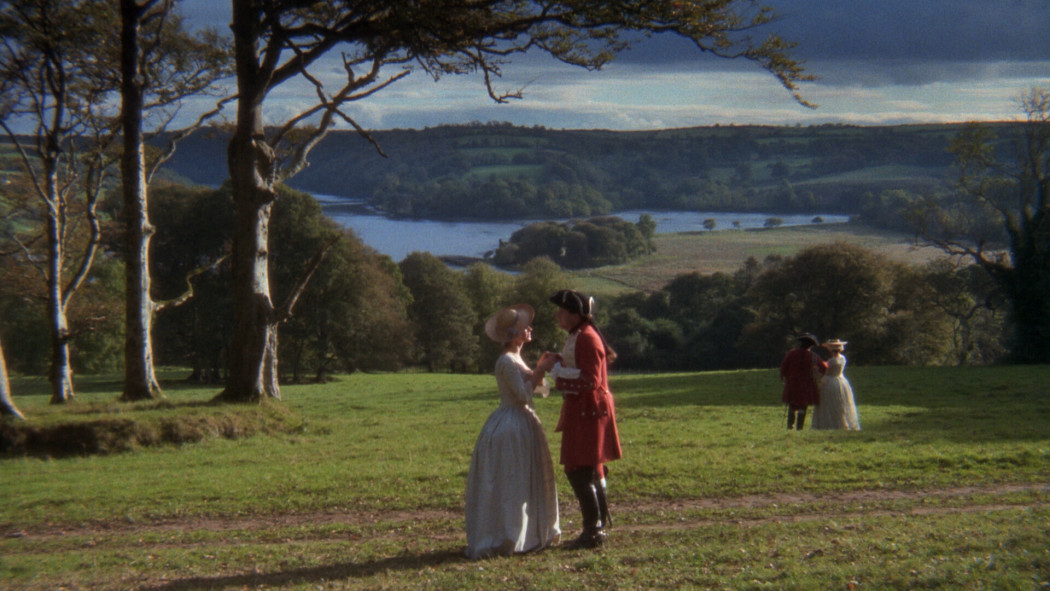
Sure, it didn’t get enough love back in 1975, but purely on a shot-by-shot basis, this mid-18th century drama based on the 1844 novel by William Makepeace Thackeray is every bit as expansive and jaw-droppingly beautiful as any other movie Stanley Kubrick helmed in his career.
An irreverent sendup of European high society which charts the meteoric rise of opportunistic Irish rogue Redmond Barry (Ryan O’Neal) from rags to riches as he marries into a wealthy noble family during the Seven Years War, “Barry Lyndon” was actually stewed from bits and pieces of a decades-in-the-making Napoleon biopic that Kubrick never managed to get off the ground after Sergey Bondarchuk’s “Waterloo” bombed at the box office in 1970.
The result is a full-blown epic and an absolute masterclass in production design, natural lighting, and framing that has experienced a recent bump in popularity after being perceived by some as a disappointment upon release. Along with “Eyes Wide Shut”, it’s now become the consensus hip choice when naming your favorite Kubrick movie (not to mention the fact that it inspired the greatest film edit of all time — seriously, look up Barry Lyndon x 21 Savage on Twitter, you won’t be disappointed).
7. Once Upon a Time in America (1984)
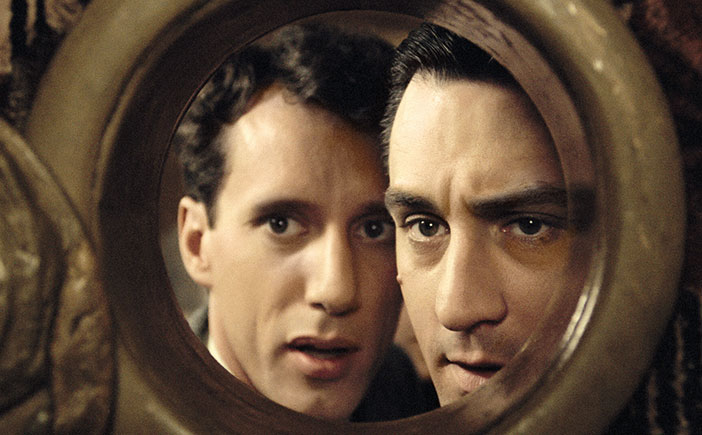
From the Dollars trilogy to “Once Upon a Time in the West”, it isn’t too much of a stretch to say that every single collaboration between director Sergio Leone and composer Ennio Morricone resulted in nothing less than a stone-cold masterpiece. However, for us, it doesn’t get any more epic than their final film together: a sprawling, five-decade crime epic tracing the rise and fall of a band of Jewish gangsters — including Robert De Niro and James Woods — from their childhood spent roaming through the Lower East Side ghetto to their adult years consolidating their bootlegging empire during the Prohibition era.
At a 40-year distance, it’s easy to forget just how badly American distributors botched the original release of “Once Upon a Time in America”, so much so that the legendary Italian filmmaker vowed never to work again upon learning that over 90 minutes of his film had been left on the cutting room floor for its U.S. theatrical rollout. Sadly, it wasn’t until decades after his death that the complete 229-minute cut finally saw the light of day. Restoring a once-butchered labor of love into something much closer to the late director’s original vision, that European alternate version still plays like gangbusters today and lives on as an epic gangster saga worthy of mention alongside “The Godfather”, “GoodFellas” and “The Sopranos”.
8. Ran (1985)

A fiefdom is thrown into disarray after an aging warlord abdicates and splits his realm between his three power-hungry sons in Akira Kurosawa’s late-career masterpiece, which saw the visionary director hit another creative peak by masterfully transposing King Lear to 16th-century Japan. To call it the best Shakespeare adaptation ever brought to the screen (by quite a wide margin) almost feels like faint praise: “Ran” is obviously so much more than that — one of cinema’s great historical dramas, a 160-minute sustained adrenaline rush, and a full-blown war epic, massive in scope and haunting in its sense of inevitable tragedy.
How a 75-year-old veteran director on a cold streak who’d been struggling to secure funding and had nearly lost his eyesight by the time he transitioned from black-and-white to color casually pulled off the most visually striking and impeccable framed historical epics of all time has to be up there as one of the greatest bits in cinema history. It can feel like a backhanded compliment to suggest that every Kurosawa film prior to 1985 (“Seven Samurai”, “Throne of Blood” and “Kagemusha” included) feels, in hindsight, like a dry run for “Ran”. But this is just one hell of a bar to clear for everyone involved (including a completely unrecognizable Tatsuya Nakadai as Lord Hidetora). The color-coded battle scenes, featuring over 1,500 extras and 300 horses, are still stupefying to watch and hard to believe they exist at all to this day.
9. The Last Emperor (1987)
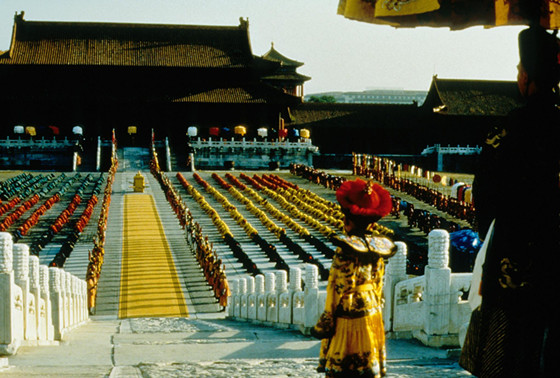
If your gut is sensing a pattern in this list, you’re absolutely right. Nothing spells epic like a sumptuous, big-budget movie biopic that unabashedly subscribes to the Great Man theory of history (and that’s without even counting notable omissions like “Malcolm X”, “Amadeus”, “Patton”, and “Oppenheimer”).
By all accounts, Bernardo Bertolucci’s Oscar-winning take on Chinese Emperor Pu Yi seems to fit the bill. Upon closer inspection, though, the first foreign production to be granted official permission to shoot in Beijing’s Forbidden City flips every genre trope on its head to portray the life and times of a powerless manchild stuck in a gilded cage and helplessly swept aside by the tides of history.
A filmmaker with a keen sense of scope and bone-deep understanding of the corrupting influence of power on the human spirit, Bertolucci was just the right kind of strong-willed auteur to be calling the shots and overseeing this gargantuan production. The 1987 Best Picture recipient scans through every broad stroke in Pu Yi’s rollercoaster of a life, from his coronation as a 3-year-old toddler through his eventual abdication during Japanese rule and meager existence as a peasant worker after the Communists took shop. Not that a 9-time Oscar winner could truly ever be underrated, but “The Last Emperor” inexplicably feels as such.
10. The Lord of the Rings (2001-2003)

It doesn’t matter how many times you’ve seen it or how long it’s been: Like many comfort films, it’s never too soon to press play again on Peter Jackson’s epic adaptation of J.R.R. Tolkien’s fantasy novel and relive your childhood by escaping into Middle-earth to hang out with Frodo, Sam, Gandalf, Aragorn, and the rest of the gang as they set off for Mount Doom to destroy the One Ring.
If you’re feeling bold and have the extended editions queued up, you’re looking at a combined runtime of about 11 hours, which gets you plenty of breathtaking battles and rousing speeches along with one too many Merry and Pippin scenes for our taste. Sure, the sheer time commitment might be a hard sell to some, but it’s a small for price to pay, and once you curl up, throw it on, and let Howard Shore’s wistful score pull you in from the get-go, you’ll know you’re in it for the long haul.
Never mind that these movies take place in a fantasy world where hobbits, elves, dwarves, wizards, and men coexist, the Lord of the Rings is a monumental masterpiece every bit as rich, layered, and grand as any series grounded in reality. It’s worth noting that the source material, after all, shares more in common with Norse mythology, Beowulf, and the epics of Homer than, say, Harry Potter. Probably most remarkable of all is that the films were shot back-to-back, made heaps of money and earned 17 Academy Awards, inadvertently changing the entire movie industry in ways we’re still dealing with 20+ years later. Not too shabby for the indie director of “Braindead”.
